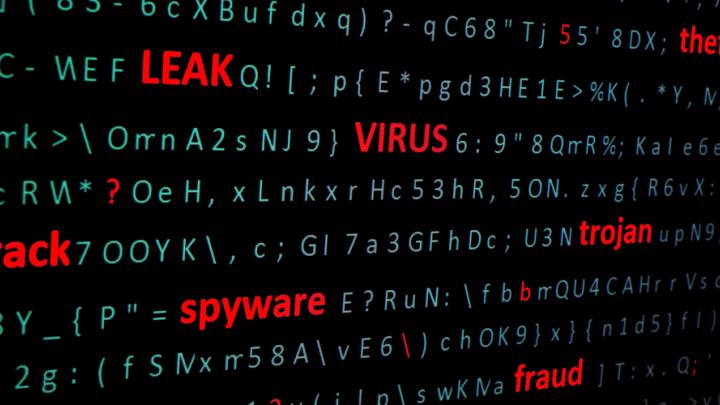Threat Detection: What it is and How to Do it Effectively

We all know threat detection is important, but what exactly is it, and why is it so hard to do effectively? In light of recent cyber attacks on U.S. infrastructure and the ongoing threat from the group behind the SolarWinds breach, these questions loom large.
As they say, the best defense begins with the best offense. In this case, the best offense is dynamic threat detection that includes the following strategies:
1. Continuous monitoring
Immediate and evolving threats call for constant vigilance, not just a traditional point-in-time check-in every few months. Attackers can strike at any time, making continuous monitoring of your potential attack surface a must.
Bitsight for Security Performance Management continuously monitors the status of your network and provides real-time feedback based on detailed attack surface analytics. You’ll immediately be alerted to vulnerabilities and potential anomalies across your entire network environment––on-premises, in the cloud, and remote offices.
Continuous monitoring is especially important as your application ecosystem expands and grows. As more applications are added, it’ll become increasingly difficult to keep track of risk. With continuous monitoring, you can constantly expose and identify areas of risk that bad actors look to exploit.
2. Cybersecurity analytics
Once you’ve implemented continuous monitoring, strive to improve your cybersecurity posture over time. Future improvements can be gained through analytics that explore how your organization is doing in comparison with peers, known vulnerabilities in your supply chain, user behaviors, and other factors.
Bitsight Security Ratings uses these and other analytics to assess the current state of your organization’s cybersecurity efforts. With a simple numerical score, you can get an accurate representation of how well (or not) you’re able to withstand a potential attack. Improvements can be made based on the analysis, leading to higher scores over time. A higher score means a more secure environment.
You can also use security ratings to assess your vendors’ security postures, so you can protect yourself from third-party threats. A rating can help you determine which vendors to use, as well as understand when a vendor is falling behind on their security measures or when a partner is doing a particularly good job with cyber risk management.
3. Risk Prioritization
Not all risks are created equal, and some vulnerabilities are potentially more dangerous than others. This is especially true when considering third-party supply chain risk. A vendor with access to confidential data, such as company payroll data, is more of a risk than a vendor with no access to personally identifiable information.
Security ratings can help you prioritize your vendors so you can allocate resources to the ones that need the most attention. Cross-referencing a vendor’s security rating with other critical data points––for example, their proximity to sensitive data, or the amount of work they do for your organization––you can get a better sense of which vendors pose the greatest threat.
Knowledge is protection
We’ve all heard the saying “knowledge is power,” but in the case of threat detection, knowledge is both power and protection. The more you know about what’s going on––with your network, your third-party vendors’, and other factors––the better the chances you’ll be able to protect yourself from cybersecurity threats and vulnerabilities.


